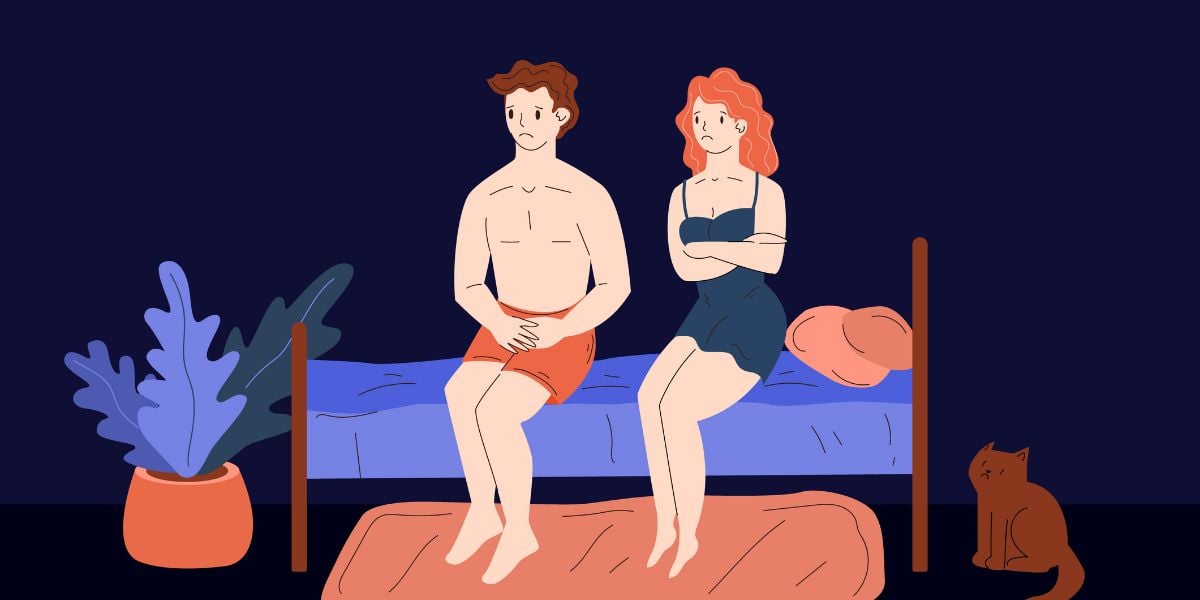Pancreatic cancer, or cancer of the pancreas, is one of the more dangerous forms of cancer.
Diabetes is listed as a risk factor and also a potential consequence of pancreatic cancer.
Famous people that have been diagnosed with pancreatic cancer include Steve Jobs, co-founder of Apple Inc.
What is pancreatic cancer?
The pancreas is an organ that sits close behind the stomach and plays an important part in digestion as well as in keeping our blood sugar levels at safe levels.
Pancreatic cancer is when cells start being produced in the pancreas in an uncontrolled fashion by the body. This can lead to a number of health risks which can include diabetes in some cases.
How common is pancreatic cancer?
Cancer research reports that pancreatic cancer accounts for about 3% of all cancer cases. In 2010, around 8,500 people in the UK were diagnosed with pancreatic cancer.
Survival rates from pancreatic cancer are low. In 2005-2009, only 4% of people diagnosed with pancreatic cancer survived for 5 years or more.
Pancreatic cancer is relatively rare in younger people.
Diabetes and pancreatic cancer
Type 2 diabetes and pancreatic cancer have been shown to be linked but researchers have found it difficult to work out which may have the biggest influence on the other.
Higher than normal levels of circulating insulin and increased pressure on the pancreas to produce insulin have been suggested as possible reasons for diabetes leading to a higher risk of pancreatic cancer.
Looking at the other side of the coin, pancreatic cancer may lead to insulin resistance by increasing the amount of insulin produced by the pancreas and pancreatic cancer can also lead to a loss of insulin producing capacity. Both of these situations can therefore lead to increased risk of diabetes.
If the pancreas has to be removed (pancreatectomy) as part of the cancer treatment, this will also lead to diabetes.
Studies into rates of pancreatic cancer in people with type 1 diabetes have produced conflicting results with some studies showing increased risk and others showing no increased risk. One possible reason for the mixed results is that some studies have been unclear in the definition and selection criteria of people with type 1 diabetes.
Symptoms
Symptoms of pancreatic cancer may include one or more of the following:
- Pain in the upper abdomen or back
- Unexplained weight loss
- Jaundice
- High blood sugar levels (hyperglycemia)
- Pronounced tiredness
- Nausea and vomiting
- Fever
- Change in bowel habits
As with many types of cancer, symptoms tend to be presented after the cancer has significantly developed. Pancreatic cancer is one of the more difficult cancers to diagnose early.
Sometimes there may only be one symptom present.
Causes and risk factors
The following are listed by Cancer Research UK as risk factors for pancreatic cancer:
- Age –being over 65
- Smoking
- Diabetes
- Pancreatitis
- Having had previous cancers
- Family history of pancreatic cancer
- Being overweight
- Heavy alcohol consumption
Pancreatic cancer is more likely to be diagnosed in older people. About 75% of diagnoses happen in people over 65 years of age.
Smoking is thought to be the largest risk factor. Studies suggest that ex-smokers face a 1.5 times higher risk of pancreatic cancer and people smoking more 25 cigarettes a day face a 3 times higher risk of pancreatic cancer.
Diagnosis
If you have some of the signs of pancreatic cancer, your GP may try to diagnose pancreatic cancer by a number of methods including:
- Visual assessment
- Urine test
- Blood test
- Chest x-ray
- Ultrasound scan
- CT scan (computerised tomography scan)
- MRI scan (magnetic resonance imaging)
A visual assessment will include checking the eyes and skin for signs of jaundice and checking the abdomen for any signs of swelling.
A urine test can be used to check if excess bile is being excreted.
Treatment
Treatment options may include:
- Surgery (pancreatectomy)
- Chemotherapy
- Radiotherapy
- Supportive care – treating the symptoms
Surgery is the most effective stage if the cancer is diagnosed early enough. The procedure, called a pancreatectomy, may involve removing either the whole pancreas or part of it and generally represents the only chance to completely cure pancreatic cancer. About 15-20% of patients are suitable for having a pancreatectomy.
Chemotherapy involves taking strong anti-cancer medicine to shrink or limit the growth of the cancer. In radiotherapy high energy beams of radiation are directed at the cancer to help shrink and control the cancer. Chemotherapy and radiotherapy tend to be used if surgery is not an option.
If the cancer is diagnosed after it has become advanced, treatment to adequately control the cancer may not be possible and, instead, supportive care may be given.
Supportive care involves treating the symptoms of pancreatic cancer which may include treating pain, jaundice, tiredness and preventing blood clots.
Supportive care may be used in conjunction with treatments such as chemotherapy and radiotherapy.








